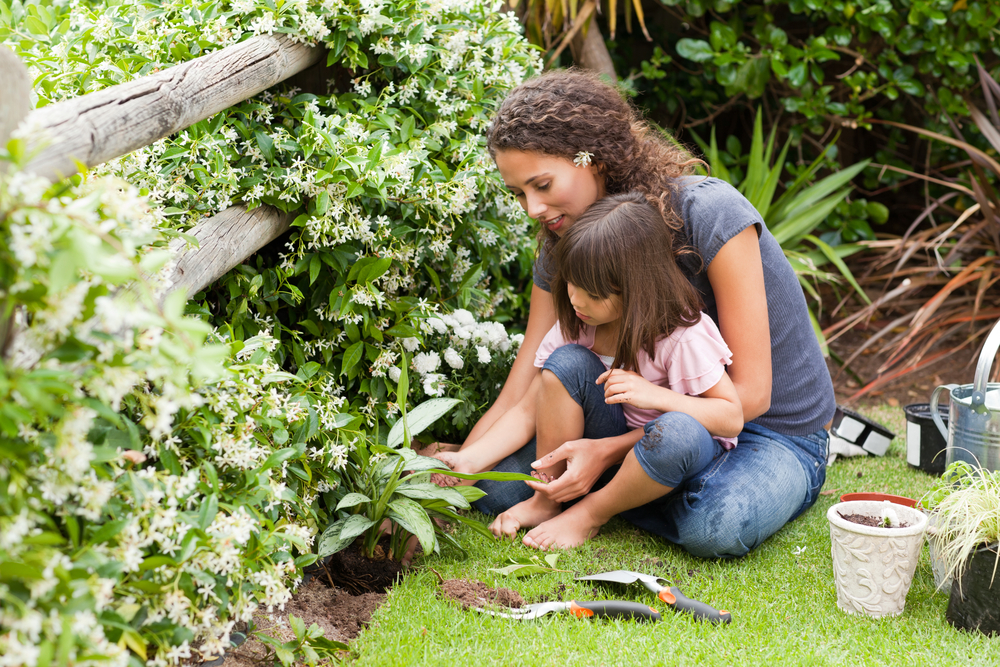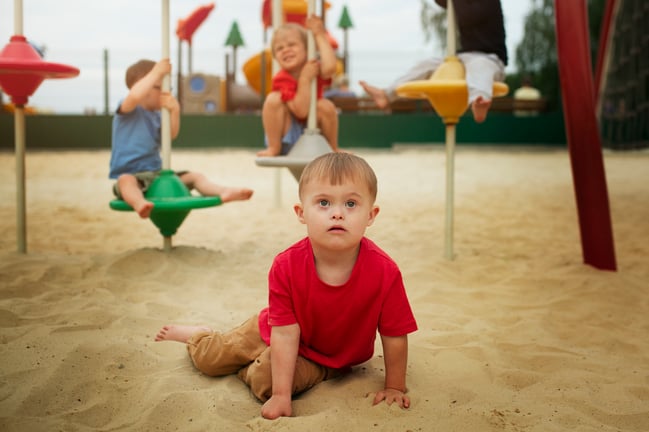
Health and Physical Development
Younger Preschoolers (33 to 48 months)
Components and Developmental Indicators
Younger Preschoolers (33 to 48 months)
Components and Developmental Indicators
Developmental Indicators
HPD Goal-1: Children develop healthy eating habits.
![]()
Demonstrate willingness to try new nutritious foods when offered several times and sometimes able to make these choices with support.
![]()
Feed self with utensils independently.
![]()
Communicate which foods are nutritious and which foods are less nutritious (fresh fruits, vegetables, milk vs. candy, potato chips, soda).
HPD Goal-2: Children engage in active physical play indoors and outdoors.
![]()
Choose an array of structured and unstructured physical activities indoors and outdoors.
![]()
Participate in simple games and other structured motor activities that enhance physical fitness (songs with movement, throwing and catching).
![]()
Transition from active to quiet activities with limited guidance and support.
![]()
Develop strength and stamina by spending moderate periods of time playing vigorously.
HPD Goal-3: Children develop healthy sleeping habits.
![]()
Recognize and communicate signs of being tired.
![]()
With increasing independence, start and participate in sleep routines, including listening to calming songs and/or stories.
![]()
Stay awake except during nap time.
Developmental Indicators
HPD Goal-4: Children engage in play and movement to develop the large muscle control and abilities needed to explore and move in their environment.
![]()
Demonstrate increasing stamina, body strength, endurance and balance, managing uneven surfaces such as hills, ramps, and steps.
![]()
Refine movements and show generally increasing coordination (throwing and catching).
![]()
Use a variety of toys and equipment that enhance gross motor development (balls, slides, pedaling toys, assistive technology).
![]()
Move in space with increasing coordination and ability to cross the midline, such as using alternate feet on steps, touching toes on one side of the body with the opposite hand.
HPD Goal-5: Children engage in play and experiences to develop muscle control and hand-eye coordination to manipulate objects and work with tools.
![]()
Engage in activities that require hand-eye coordination (build with manipulatives, mold play dough, work puzzles with smaller pieces).
![]()
Draw simple shapes and figures (square for block, circles).
Developmental Indicators
HPD Goal-6: Children develop personal hygiene and self-care skills.
![]()
Dress and undress themselves with occasional assistance.
![]()
Follow basic hygiene practices with reminders (brush teeth, wash hands, use toilet, cough into elbow).
![]()
Serve food for themselves.
HPD Goal-7: Children use safe behaviors and personal safety practices with support from adults.
![]()
Learn what their bodies can do, and primarily play within their abilities to avoid injury to self or others.
![]()
Usually recognize and avoid objects and situations that might cause harm.
![]()
Usually follow basic safety rules.
![]()
Call a trusted adult when someone gets injured or is in an unsafe situation.



